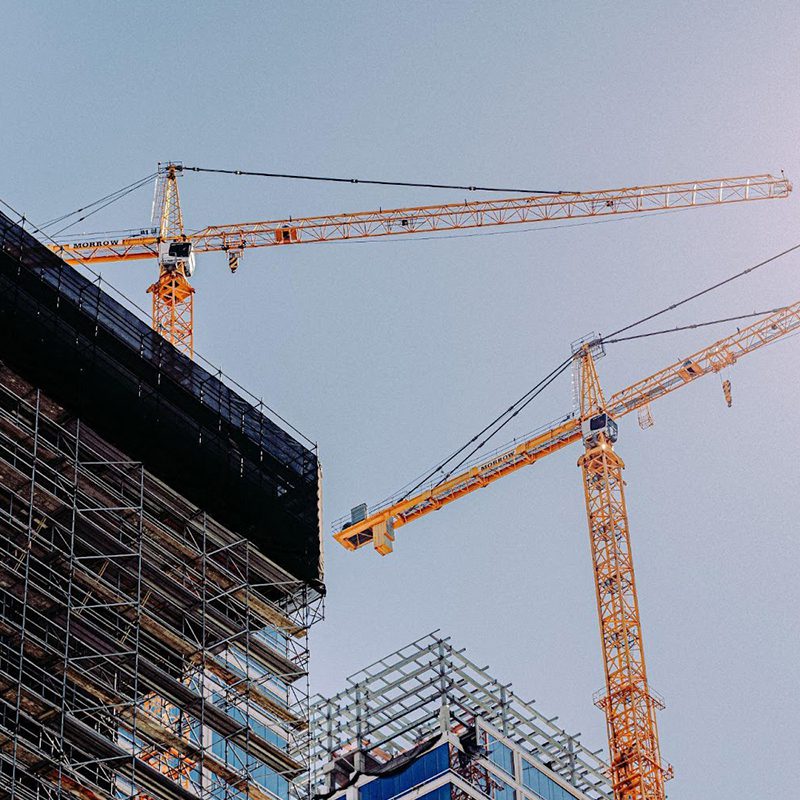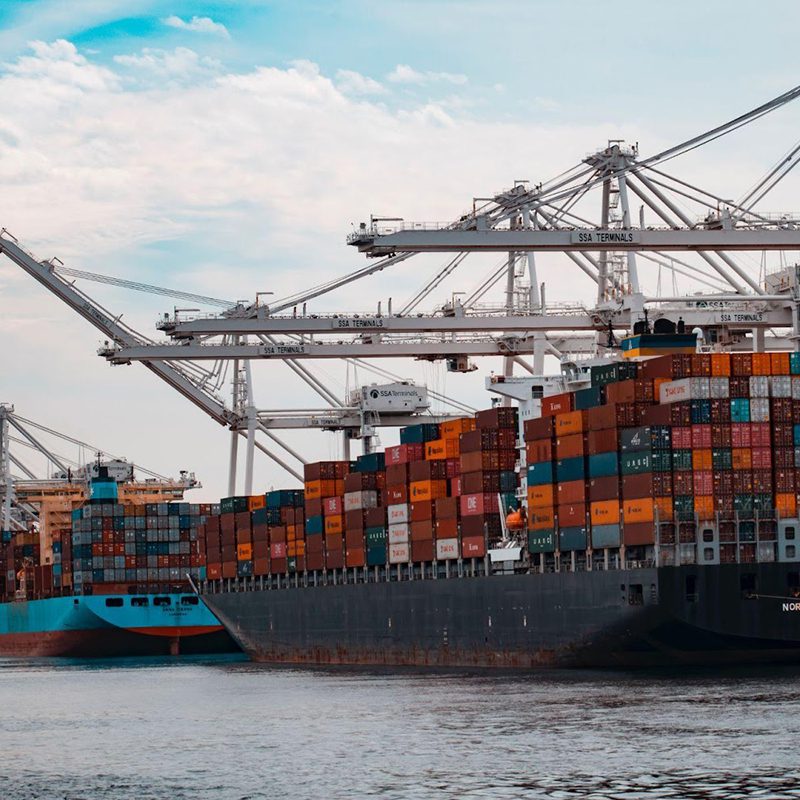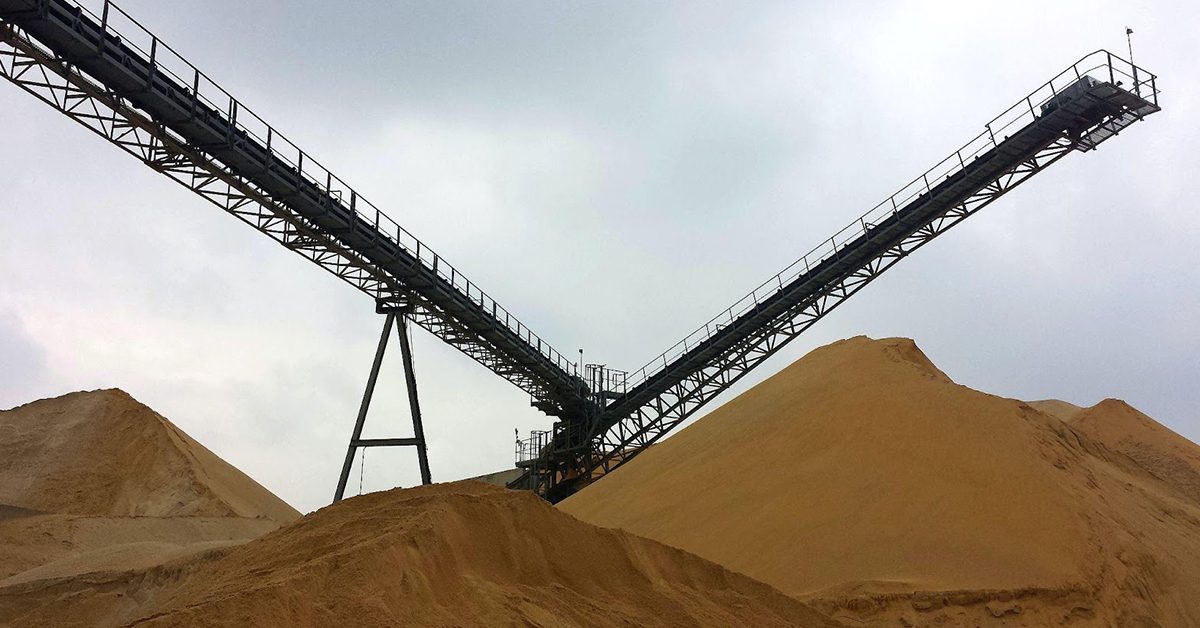Throughout the operation cycles of making, distributing, consuming, and discarding, products and materials are moved, stored, controlled, and protected using material handling equipment. Construction crews, warehouses, and manufacturers all use a wide range of material handling equipment, including cranes, forklifts, earth movers, and more. But this type of equipment is expensive, and not every company can afford to purchase. So, this begs the question: Should you rent or should you buy? Let Triad Diagnostic Solutions explain.
Types of Material Handling Equipment
Bulk handling equipment, engineered systems, storage, handling equipment, and industrial vehicles are the four primary categories under which material handling equipment is often categorized.
Bulk Handling Material Equipment
Equipment that transports, stores, and regulates bulk materials are referred to as bulk handling material handling equipment. These devices handle food products, liquid, metal, and mineral materials.
Engineered Systems
Engineered systems, sometimes called automated systems, are pieces of bulk form material handling machinery designed to assist in material storage and transportation. Automated material systems often include several segments of machinery like a conveyor belt or conveyor systems. These systems remove the need for manual labor to complete various tasks.
Storage and Handling Equipment
While materials are awaiting a further step in the production or distribution, storage and handling equipment helps them be appropriately stored and organized. Depending on their demands, a corporation may use these storage devices to keep materials for short or lengthy periods. Storage and handling equipment is typically fixed and not automated, but businesses frequently utilize it with automated systems and equipment. Dock equipment, storage racks, push-back racks, carton flow racks, drive-in racks, and pallet racks are some types of storage equipment.
Industrial Trucks
Industrial trucks or industrial lifting devices include a diverse range of machinery and are all created to aid in transporting materials, especially heavy loads or heavy items. You can find small, manually operated equipment and extensive, drivable equipment in these industrial vehicles. Lift trucks, forklift trucks, lifting carriages, and platform trucks are some examples of material handling equipment.

Benefits of Having Material Handling Equipment
Like any other industrial process, the industrial material handling process needs a set of precise objectives or goals. It enables you to utilize the system as effectively as possible while minimizing overhead. Here are a few specific goals that you should be aware of.
Cost Reduction
Any material handling system’s primary goal is to lower the cost of transferring the load. Reducing the labor required for material handling is a common way to cut direct or indirect costs. Adjusting the labor for material handling and control of materials to the workers’ level of expertise.
To simplify the production process, provide faster throughput and little in-process storage. Optimized material handling, however, as an auxiliary system in any manufacturing process, may also reduce the cost of production overall by enhancing the flow of raw materials.
Enhanced Capacity
A well-planned industrial lifting system gives additional storage space through greater space use and enhanced warehouse design and storage arrangement.
You might also make improvements to the production line’s layout to eliminate travel, narrow aisles, and unnecessary space utilization. You may further boost your total capacity by streamlining the material flow channels and the time of material movement.
Improved Productivity Efficiency
A material handling system’s third goal is enhancing overall productivity and efficiency. The loading, unloading, and transportation times for raw materials and finished items are decreased when automated lifting and rigging equipment is used. Materials handling equipment will also lessen, if not eliminate, damage to materials.
Improved Working Conditions
Manually moving big objects may be time-consuming, dangerous, and irritating. Additionally, you must rely on a young, healthy crew to carry large loads and bulky materials, which increases employee turnover and necessitates more training. Since the overall working circumstances may seem overly severe, all these issues also impact employee morale.
However, lifting and moving amounts of material in any size, shape, and volume may be done relatively comfortably with the help of automated equipment. Higher productivity follows as a result of better staff morale and output rates. As a result, material handling systems can dramatically enhance working conditions.
Reduced Waste
By optimizing your production plant’s layout, material handling systems may decrease waste. You may be sure to reduce the waste of time, space, and labor after carefully examining the material quantities, flow pathways between activities, and scheduling.
You often need to reposition your rigging gear and create the appropriate handling systems to accomplish this. Additionally, it will enable you to reduce the waste of storage equipment like racks and specialized containers and packing materials like cardboard boxes and plastic wrap. Waste reduction not only helps you save money but also lessens environmental impact.
Increased Safety
Accidents can result in fatalities, irreparable load damage, and expensive downtime. About 2.78 million workers die from occupational diseases and accidents each year, and the International Labor Organization (ILO) estimates that 374 million people experience non-fatal injuries yearly. However, a better material handling system may significantly reduce the chances of accidents or fatal accidents, providing your workers with a safer working environment. Keeping your equipment maintained with Jaltest further reduces machine failure risks and keeps the workplace safe.
Improved Customer Service
Higher efficiency, faster speed, lower manufacturing costs, better-quality products, and dependable and timely supply are frequently the results of proper and enhanced materials handling systems. Your customer service will be significantly enhanced due to all these elements.
Rent or Buy?
If you still can’t decide whether to rent or to buy, ask yourself these questions: How frequently will crews need this particular equipment capability? How versatile must the equipment be?
The first question is related to the second. Payback is, of course, connected to high-frequency usage. The case for buying is presumably compelling if personnel utilize the equipment frequently enough throughout its anticipated useful life to recover the expense of not owning it. It makes financial sense to purchase a piece of equipment if it would result in savings equal to or greater than those incurred by renting it. It’s crucial to carefully and thoroughly prepare since choosing between renting and buying equipment includes making predictions. Important data also contains estimates of future use and historical usage patterns.
The justification for renting will often be more excellent if either frequency of usage or adaptability is low. Equipment that is rarely used but is quickly required in an emergency is an exception. Emergency generators for backup during power outages and portable coolers to prevent equipment failures in data centers are two instances of this predicament. Because managers will utilize the equipment more frequently and justify the unit’s acquisition if they can use it for a variety of functions, versatility can have a substantial impact on the first problem, frequency.
Managers should consider the possibility of other losses, such as threats to health and safety or lost-opportunity costs that would arise if the equipment was not accessible, even if they could not justify these expenditures using straightforward cost comparison.

Keep Your Equipment Running with Jaltest
Jaltest diagnostic kits for material handling equipment should always be something to invest in, along with your equipment. In order to make quick, correct, and efficient repairs, you’ll want the right diagnostic scan tools at your disposal. Thankfully, when you turn to Triad Diagnostic Solutions, that’s precisely what you’ll get. We also offer a wide range of kits for commercial vehicles, agricultural equipment, and marine vessels. So, check us out online or give us a call today at (317) 939-3690.
Photo by Jandira Sonnendeck on Unsplash
Photo by Ralph (Ravi) Kayden on Unsplash
Photo by Andy Li on Unsplash

